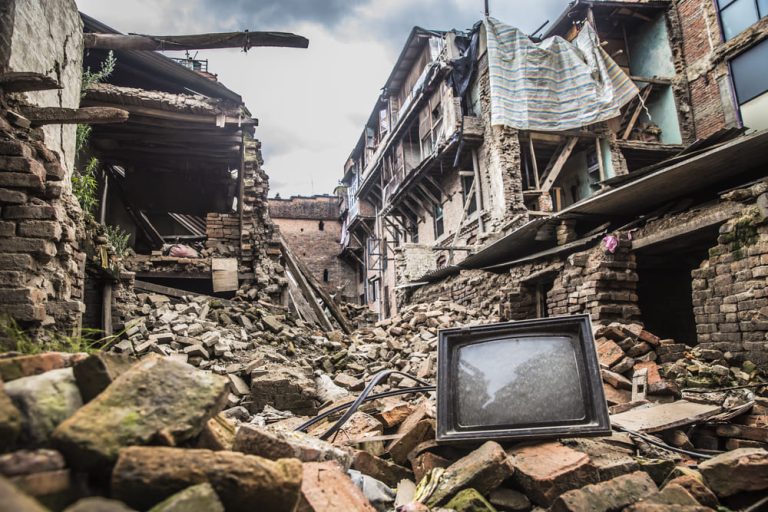Nepal is observing the seventh Gorkha Earthquake Memorial Day today, April 25, 2025. People across the country are taking part in awareness events. These programs honor the memory of the 2015 earthquake, which killed around 9,000 people and injured over 22,000. The quake struck with a magnitude of 7.6 and started in Barpak, Gorkha.
Remembering the 2015 Tragedy
On that day, buildings fell, roads cracked, and lives changed in a few short moments. More than 800,000 homes were damaged or destroyed. Cultural landmarks also suffered. Over 1,500 temples and historical sites were lost or heavily damaged.
The quake hit during the day, so many people were outside. But those inside schools, offices, or homes were trapped. Rescue teams worked day and night to pull survivors from the rubble.
Most Affected Areas
The earthquake caused widespread damage. These areas were hit the hardest:
-
Gorkha – the epicenter of the disaster
-
Kathmandu, Bhaktapur, and Lalitpur – suffered many building collapses
-
Sindhupalchok and Dolakha – recorded the highest number of deaths
-
Nuwakot, Rasuwa, Dhading, and Kavrepalanchok – lost homes, schools, and hospitals
-
Ramechhap, Makawanpur, Sindhuli, and Okhaldhunga – faced serious damage as well
Even after years, some villages are still rebuilding.
Memorial Day Activities
Today, schools, government offices, and community groups are holding many events. These include:
-
Earthquake drills
-
Public talks and awareness sessions
-
Photo exhibits showing the disaster and recovery
-
Wreath-laying ceremonies for the victims
The National Reconstruction Authority (NRA) also joined the day’s programs. Its goal is to teach people how to stay safe in future disasters.
Why This Day Matters
Gorkha Earthquake Memorial Day is not just a moment of silence. It is also a time to learn and prepare. Nepal lies in an earthquake-prone zone. Experts say another large earthquake could happen in the future.
Seismologist Dr. Bijaya Shrestha explained, “We cannot stop earthquakes, but we can reduce their impact. Prepared people survive.”
This day reminds everyone to build stronger homes, learn safety tips, and work together in times of crisis.
Global Support and Local Strength
Many countries helped Nepal after the 2015 earthquake. India, China, the U.S., and the European Union sent aid and rescue teams. Relief arrived quickly. People received food, tents, medicine, and rescue support.
Today, much has improved. Many schools, roads, and health centers have been rebuilt. Yet, some areas still need better services. Recovery takes time, but the people of Nepal have shown great strength and hope.
Loss of Culture and History
The quake damaged many UNESCO World Heritage sites. The Dharahara Tower in Kathmandu collapsed completely. Temples in Patan, Bhaktapur, and Kathmandu Durbar Squares fell apart.
Rebuilding has started, and some temples have reopened. However, the cultural loss remains deep. These places were not just buildings—they were part of Nepal’s soul.
Building Back Safer
After the quake, the government created stronger building rules. All new houses must meet earthquake safety codes. Schools and hospitals now use better materials and designs.
Local builders are learning new skills. Engineers and masons receive training in safe construction. These efforts aim to prevent future disasters from causing such heavy loss.
Teaching Safety at School
Schools now play a key role in preparing for future earthquakes. Students take part in regular safety drills. Teachers train them to drop, cover, and hold during a quake.
Sita Rana, a schoolteacher in Kathmandu, said, “Our children know what to do now. They feel more confident, and that makes a big difference.”
The Gorkha Earthquake shook the country deeply, but it also showed Nepal’s unity and courage. Today, people across the nation are not just remembering the past. They are planning for a safer tomorrow.
Nepal stands stronger because of its people’s will to recover, rebuild, and prepare.


